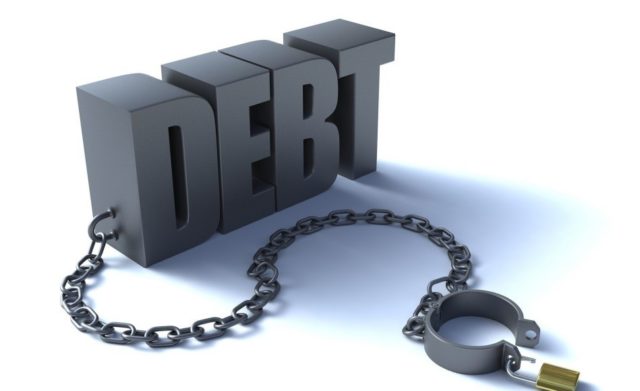Ghana’s total public debt reached 736.9 billion cedis by November 2024, according to the latest data from the Bank of Ghana. This represents a reduction from the October figure of 761 billion cedis but remains a significant component of the country’s economic landscape, amounting to 72.2% of GDP.
The breakdown shows that external debt stood at 425.3 billion cedis, or 41.7% of GDP, while domestic debt accounted for 311.7 billion cedis, representing 30.5% of GDP. The decrease from October is attributed to adjustments in debt servicing strategies and other fiscal measures.
This debt figure highlights Ghana’s ongoing challenge of balancing economic growth with debt sustainability. As the government continues to implement fiscal reforms, economists emphasize the need for robust policies to address the growing pressures from debt servicing and economic recovery initiatives.
The annual nominal GDP remains unchanged at 1,020.2 billion cedis, underscoring the relative weight of the debt burden on the economy. With international financial institutions closely monitoring Ghana’s fiscal health, the debt-to-GDP ratio is a critical indicator of the country’s economic trajectory.
The Bank of Ghana’s report also sheds light on other fiscal metrics, including government revenue and expenditure, which will play a role in shaping debt management strategies moving forward.




